Mid-July serves as a pivotal point in the gardening calendar, particularly in the United States. As summer continues to unfold, gardeners can take advantage of the warm soil and favorable weather conditions to plant a variety of crops, flowers, herbs, and landscape plants.
This comprehensive guide will explore what you can successfully plant during this time, from vegetables, flowers, herbs, and landscape plants, while considering the specific temperature tolerances and planting dates for the USDA hardiness zones.
Vegetables To Plant
Bush Beans
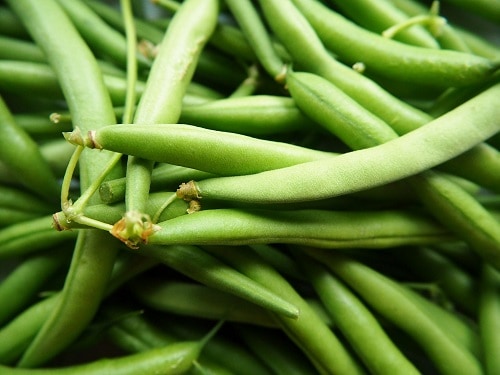
Bush beans are a wonderful crop for mid-July planting. They thrive in warm temperatures and can be sown until early August in most regions. Ideally, bush beans should be planted in areas where the soil temperature is at least 60°F (15.5°C).
In USDA Hardiness Zones 3 through 10, you can expect a robust harvest approximately 50 to 60 days after planting. They require full sunlight and well-drained soil rich in organic matter. The rapid growth of bush beans ensures that you can reap the benefits of a hearty harvest before the first frost.
Cucumbers
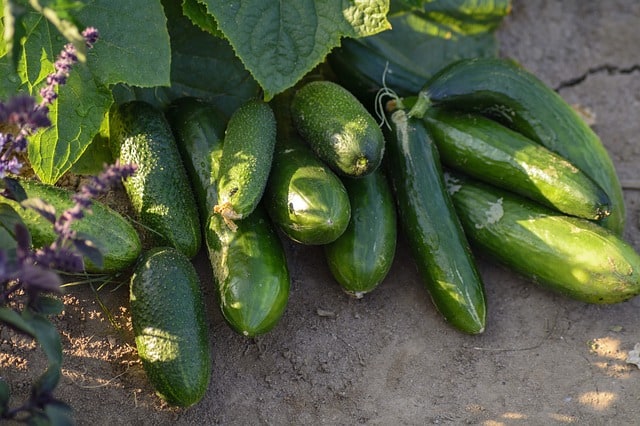
Cucumbers are ideal for mid-summer planting, especially in regions with a longer growing season. They’ll thrive in USDA Zones 4 through 10 if planted by the end of July. These plants can handle temperatures ranging from 70°F to 95°F (21°C to 35°C) and prefer sandy, well-drained soil that’s rich in nutrients.
Sowing cucumber seeds now allows for continual harvesting into the autumn. Be sure to provide ample water, as cucumbers require about an inch of water per week. Trellising cucumbers can also help save garden space and improve air circulation.
Summer Squash
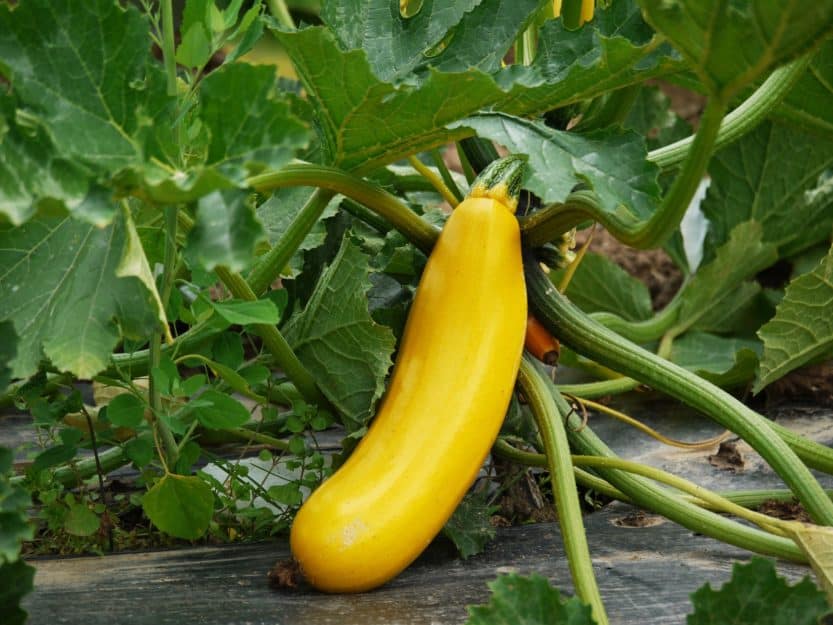
Similar to cucumbers, summer squash (including zucchini) can be planted in mid-July. USDA Zones 3 through 10 are ideal for this crop. Summer squash plants do best when temperatures hover between 70°F and 90°F (21°C to 32°C).
Due to their short maturity time of approximately 50 to 60 days, late-summer planting can result in significant yields before frost arrives. Choose a sunny spot and maintain moisture in the soil to prevent the fruits from becoming bitter.
Carrots
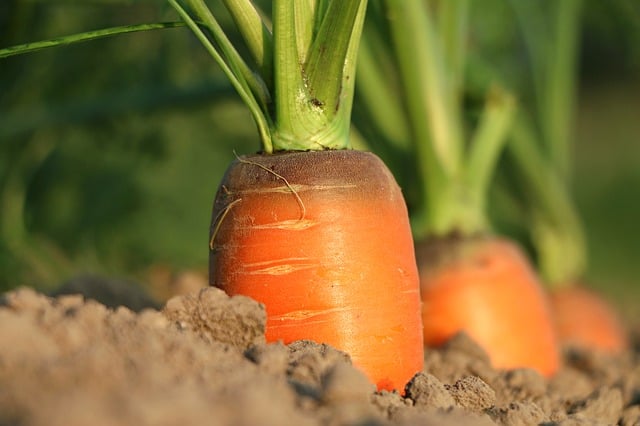
Carrots can be surprisingly successful when sown in mid-July, making them suitable for USDA Zones 3 through 7. They prefer cooler soil temperatures, around 55°F to 75°F (13°C to 24°C) for optimal germination.
Carrot seeds can take some time to germinate (about 14 to 21 days), so be patient. Planting now allows for a fall harvest — the cool weather of late summer enhances the sweetness of the roots. Ensure the soil is well-tilled and free from large clumps to promote even growth.
Beets

Beets are another excellent choice for mid-July planting. They thrive in cooler weather, making them perfect for USDA Zones 3 through 9. As long as the soil temperature is approximately 60°F (15.5°C), mid-summer planting can result in an early fall harvest.
They are relatively easy to grow and need regular watering. Beets can be harvested for both their roots and greens, providing a dual-purpose option in the garden. Expect to see results in about 50 to 60 days—early enough to enjoy in your autumn meals.
Kohlrabi
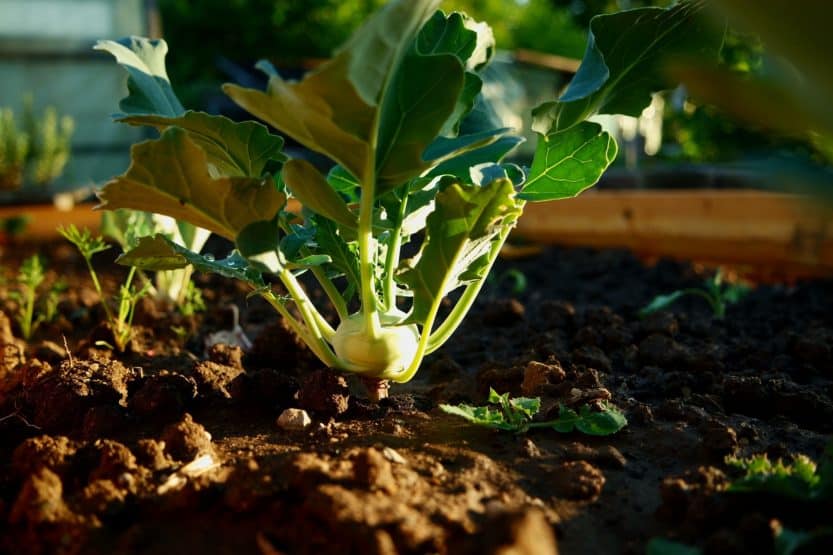
Kohlrabi can be substantially underused, but it is an excellent mid-July planting option, especially in USDA Zones 4 through 9. This vegetable prefers cooler temperatures, ideally between 60°F and 70°F (15.5°C to 21°C).
With a growth cycle of about 50 to 60 days, you can have a harvest by late summer. Kohlrabi’s unique flavor makes it a delightful addition to salads or roasted vegetable medleys. It’s also a resilient crop, growing in a range of soil types as long as drainage is considered.
Radishes
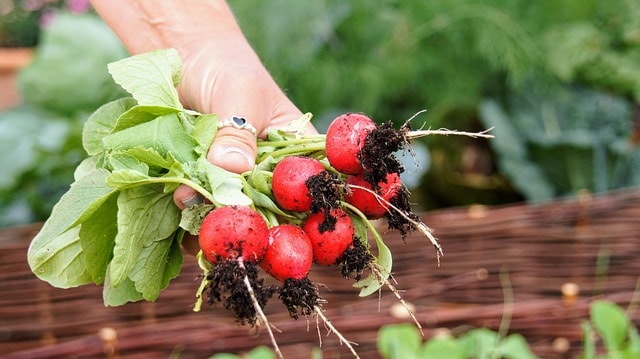
Radishes are one of the quickest crops to maturity and do well if planted mid-July. They can flourish in USDA Zones 3 through 10 and prefer soil temperatures of 60°F to 80°F (15.5°C to 26.5°C).
They typically mature in about 25 to 30 days, allowing for multiple harvests before the end of summer. Radishes enjoy well-drained, fertile soil and can tolerate a bit of shade, making them versatile companions in the garden.
Turnips
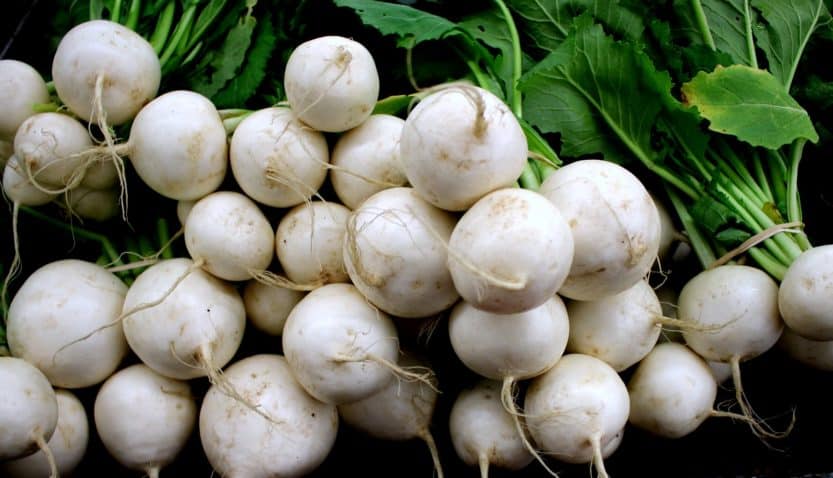
Turnips, seeding through mid-July, can yield hearty crops in USDA Zones 3 through 9. This root vegetable handles temperatures from 50°F to 75°F (10°C to 24°C).
They have a shorter growth cycle of 50 to 60 days, making them suitable for a fall harvest. Additionally, both turnip greens and roots are edible, offering versatility in the kitchen. Like beets, they prefer well-drained soil and regular watering.
Late Season Broccoli

Another addition to your mid-July garden could be late-season broccoli, particularly in USDA Zones 6 through 10. Broccoli seeds should be started indoors in cooler regions and then transplanted outside during mid-July.
These plants prefer temperatures between 60°F and 70°F (15.5°C to 21°C) and typically mature in 70 to 80 days. Late summer planting leads to fall harvest—benefiting from cooler weather that improves the flavor and texture. Ensure ample sunlight and well-drained soil for optimum growth.
Peas (Fall Crop)
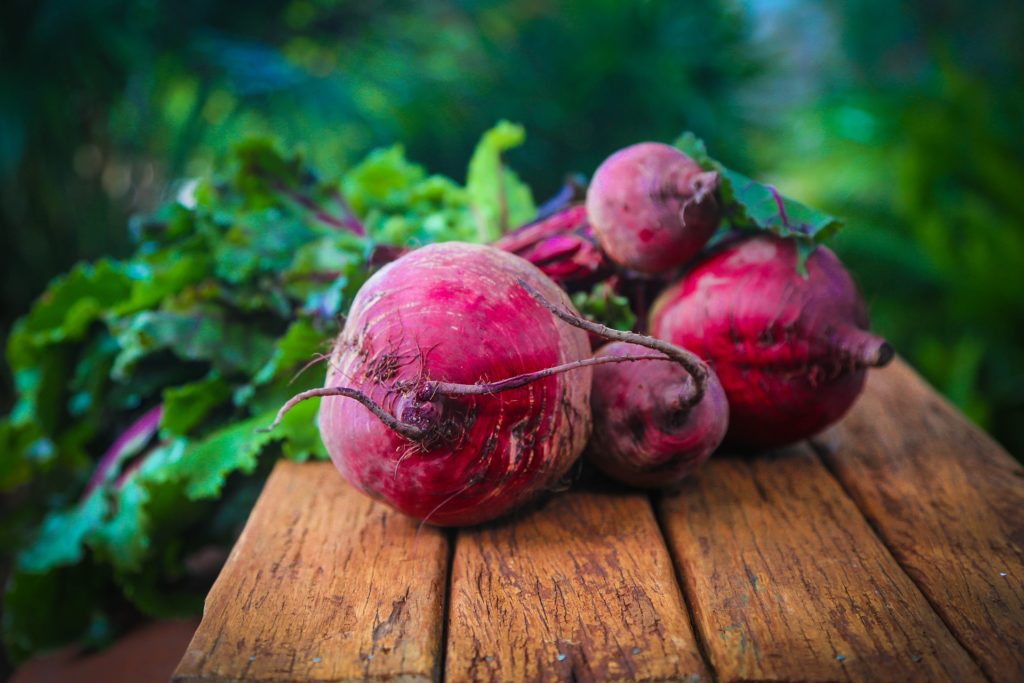
Fall peas can also be successfully planted in mid-July with appropriate timing in USDA Zones 3 through 8. They thrive in temperatures from 55°F to 70°F (13°C to 21°C).
Starting peas in mid-summer offers you a fall crop, as these plants take about 60 days to mature. They prefer cool weather and consistent moisture. Trellising is highly recommended to maximize space; their delicate flowers will also attract pollinators, contributing to your garden’s ecosystem.
Flowers To Plant
Sunflowers

Mid-July is perfect for planting sunflowers, particularly in USDA Zones 3 through 9, where the warm summer temperatures (at least 70°F/21°C) are conducive to their growth. Sunflowers typically bloom within 70 to 100 days, providing vibrant colors in your garden.
These hearty flowers prefer full sun and require well-drained soil. Besides the spectacular blooms, sunflowers attract beneficial insects, making them a superb addition to your garden as companions to vegetables.
Zinnias

Equally cheerful, zinnias can be sown in mid-July, particularly in USDA Zones 3 through 11, with temperatures ranging from 70°F to 90°F (21°C to 32°C). These blooms flourish in full sun and can create a stunning array of colors in your flower beds.
Expect to see blossoms in as few as 60 days, which means your garden will remain colorful until the first frost. Zinnias are also known for their resilience against pests and diseases, making them an excellent choice for beginner gardeners.
Cosmos

Cosmos flowers, known for their delicate look and easy growth, are another fantastic option for mid-July planting. They flourish in USDA Zones 2 through 10 in basking sunlight and love heat, thriving at temperatures around 70°F (21°C) and above.
With a fast maturation time of about 70 to 100 days, planting now can provide you with a captivating flower display into autumn. Cosmos are also drought-tolerant once established, making them low-maintenance and economical in terms of water usage.
Marigolds
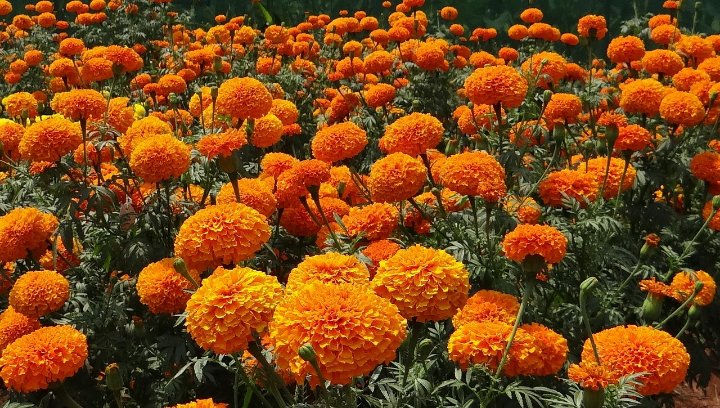
Marigolds are well-loved for their vibrant colors and scent, and they thrive in the heat. Suitable for USDA Zones 2 through 11, they prefer temperatures of 70°F to 90°F (21°C to 32°C). Mid-July is a great time to sow seeds, or you can plant seedlings for quicker gratification.
With a blooming period of about 50 to 70 days, marigolds make excellent companions for vegetable gardens, as they are known to deter certain pests. Their bright flowers add aesthetic appeal fantastically!
Nasturtiums
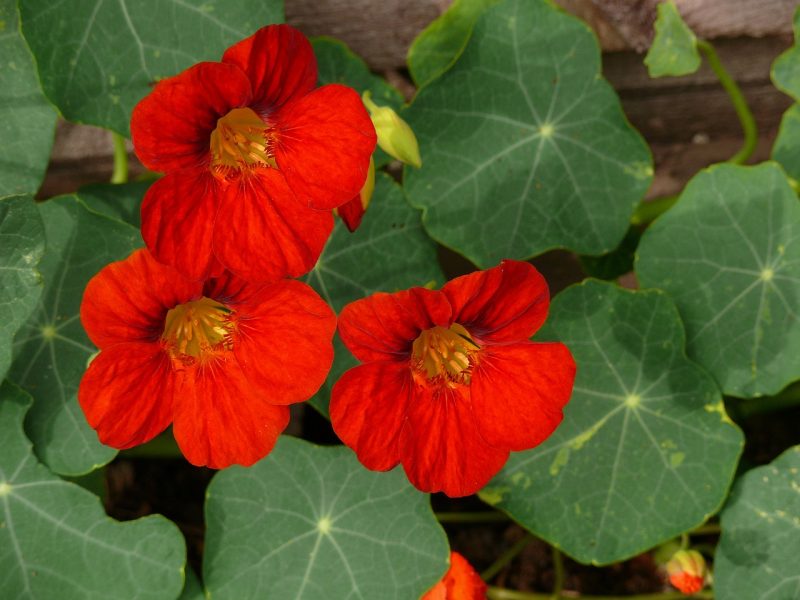
Nasturtiums are another striking addition that can be planted in mid-July, particularly in USDA Zones 3 through 10. These flowers favor full sun and can tolerate light shade, flourishing in temperatures of 60°F to 80°F (15.5°C to 26.5°C).
These edible flowers musk out the garden with their bold colors and have lovely, peppery-flavored leaves ideal for salads. Expect blooming in about 50 to 70 days, bringing both beauty and culinary flair to your garden.
Cauliflower
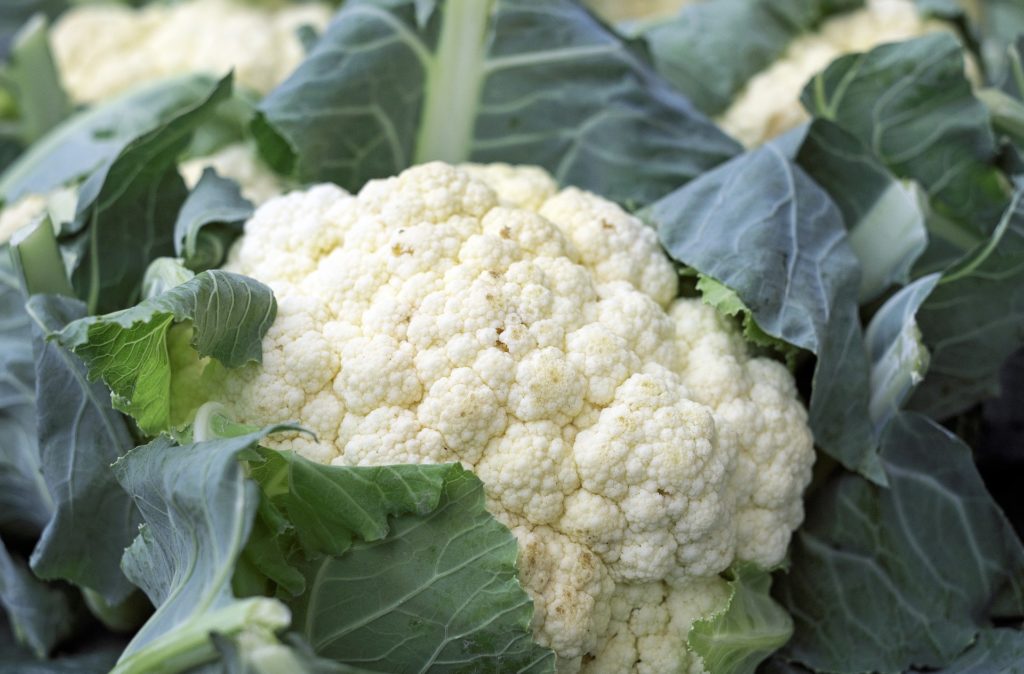
While often grown in cooler seasons, cauliflower can also be sown in mid-July for a fall crop, especially in USDA Zones 6 through 10. The plants appreciate temperatures around 60°F to 70°F (15.5°C to 21°C).
While they do require more care in terms of irrigation and pest management, the payoff is abundant. Cauliflower typically reaches maturity in 70 to 85 days and offers beautiful white heads that can enhance your garden visually and on your plate.
Hollyhocks

Hollyhocks can be planted in mid-July predominantly in Zones 3 through 9. They thrive in well-drained soil and prefer sunny locations where temperatures are around 65°F to 80°F (18°C to 27°C).
Expect blooms within about 70 days, providing stunning vertical accents to your flower bed. These tall, perennial flowers not only add aesthetic charm but are also beneficial for pollinators.
Asters
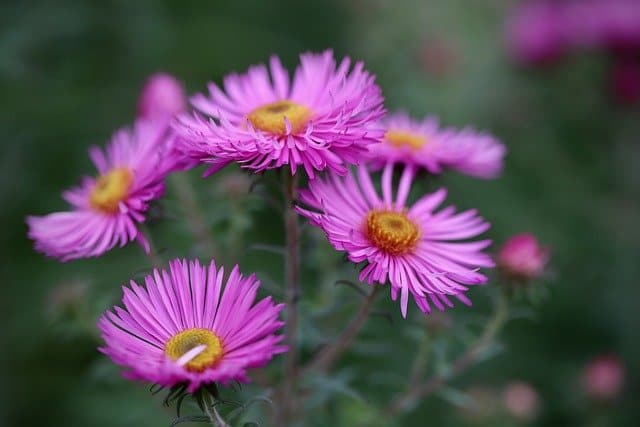
Summer is prime time for asters, especially in USDA Zones 4 through 9. With a fondness for well-drained soil and full sun, asters thrive best in temperatures between 60°F and 75°F (15.5°C to 24°C).
Planting mid-July ensures blooms will appear late in the season, providing color even as other flowers begin to wane. Asters are also deer resistant and can attract a plethora of butterflies, enhancing biodiversity in your garden.
Black-Eyed Susans
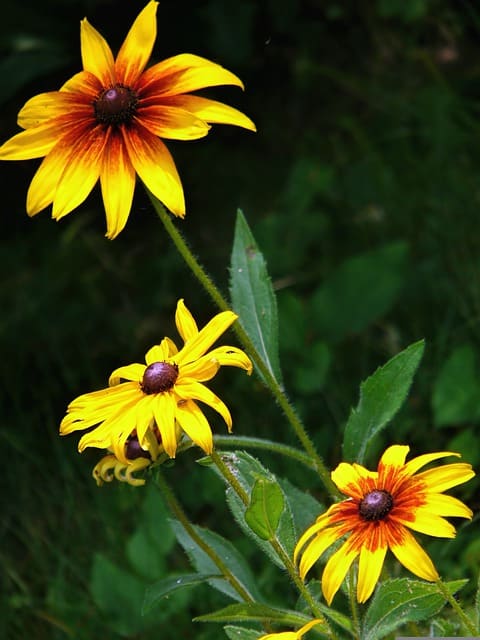
Black-eyed Susans are hardy perennial flowers suited for mid-July planting in USDA Zones 3 through 10. Their notable resilience allows them to thrive in various temperatures and conditions.
These bright yellow flowers bloom in 70 to 80 days, creating a solid charm in the summer and fall gardens. They also attract pollinators and are drought-resistant once established, offering beauty with minimal maintenance.
Salvia
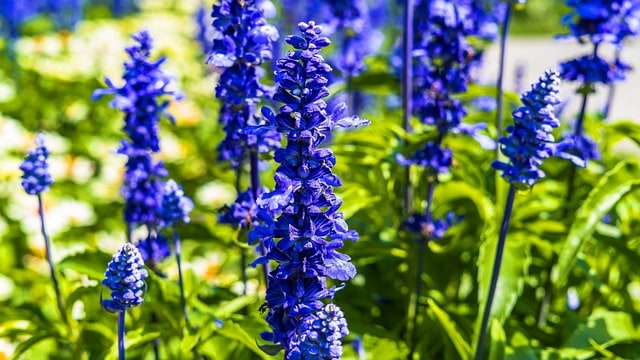
Salvia can thrive in mid-summer planting, particularly in USDA Zones 5 through 10. Known for its vibrant colors that can range from blue to red, sage does well at temperatures around 70°F to 85°F (21°C to 29°C).
This flower blooms early in the second summer and can continue to bloom until the frost. Salvia is highly deer-resistant, making it a smart addition for gardens in areas with a significant deer population.
Herbs To Plant
Basil
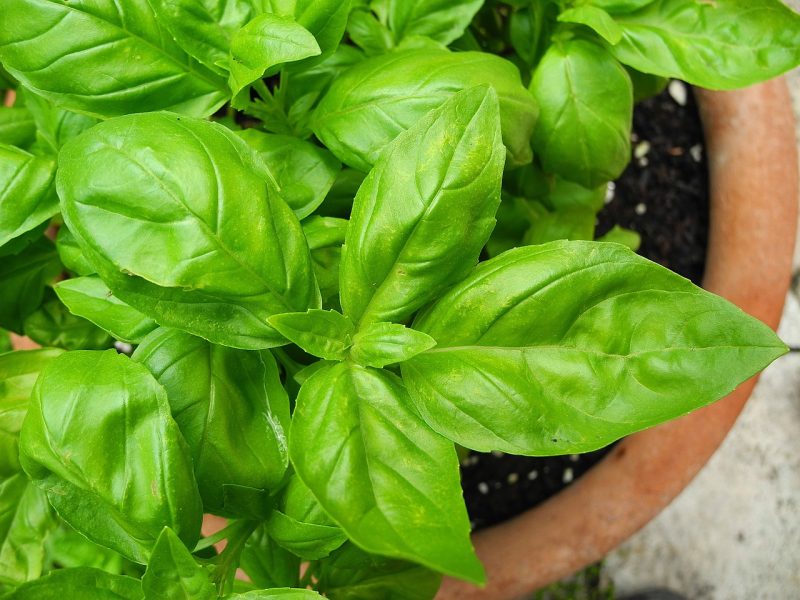
Basil is a classic herb that thrives in the heat of the summer. Mid-July is an ideal time for planting basil in USDA Zones 4 through 10, where temperatures reach a favored range of 70°F to 90°F (21°C to 32°C).
This delicious herb germinates quickly—typically within a week—allowing you to have fresh leaves for your kitchen by late summer. Regular harvesting encourages more growth, enhancing your yield while adding a delightful flavor to numerous dishes.
Cilantro
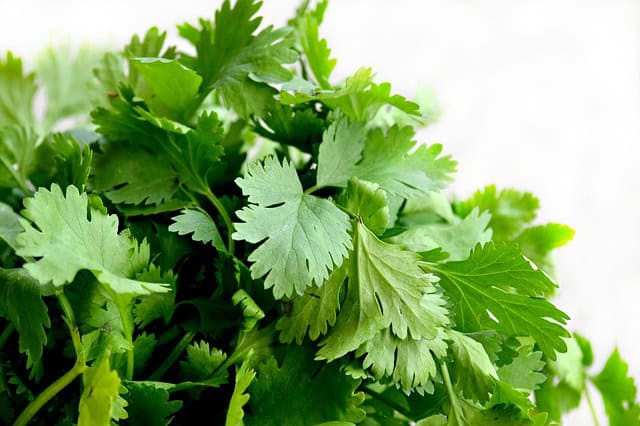
Interestingly, cilantro can be planted in mid-July for the fall harvest, especially in USDA Zones 7 through 10. Given its preference for cooler weather and partial shade, cilantro will flourish when the temperature dips slightly at the end of summer.
It typically grows within 40 to 50 days, frequently offering two distinct harvests as both herb leaves (cilantro) and seeds (coriander). The distinctive flavor it brings to dishes makes it a staple herb that every gardener should consider.
Dill
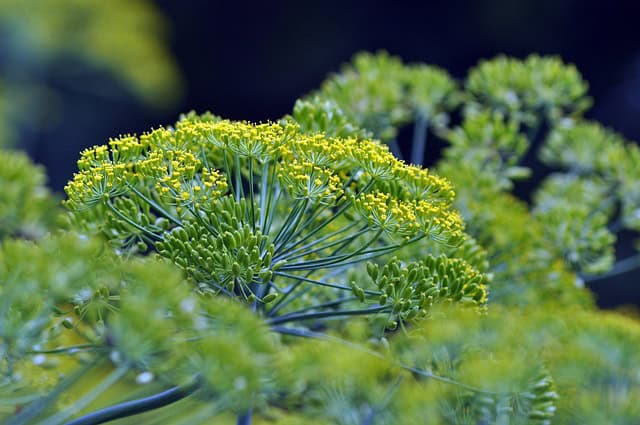
Dill is an aromatic herb that can be sown in mid-July across USDA Zones 3 through 10. It prefers warm conditions and can thrive at temperatures around 70°F to 80°F (21°C to 26.5°C).
Dill germinates quickly and reaches maturity within 40 to 60 days, allowing for both the herb and the seeds (for pickling) to be enjoyed throughout the late summer and into the fall. Dill also attracts beneficial insects, promoting a healthy garden ecosystem.
Chives

Chives can be planted in mid-July and are well-suited for USDA Zones 3 through 9. With their love for sunny spots and well-drained soil, chives thrive in temperatures between 60°F and 75°F (15.5°C to 24°C).
They grow quickly—typically reaching harvestable size within 30 days. Chives are perfect for garnishing salads or as flavorful additions to dishes, and their beautiful purple flowers also attract pollinators.
Oregano
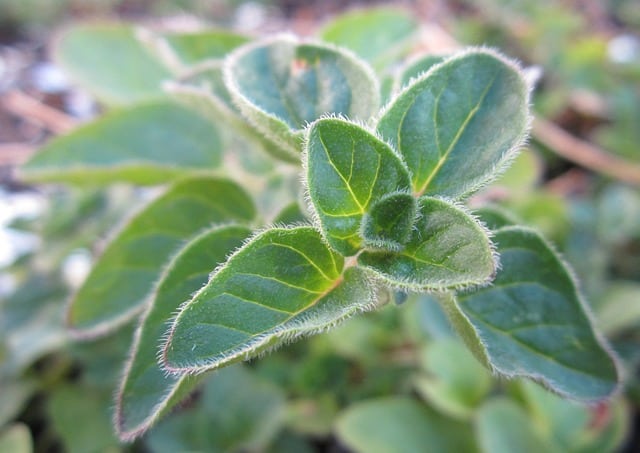
Oregano can be planted in mid-July as an excellent perennial herb in USDA Zones 5 through 10. While it enjoys the heat (60°F to 85°F/15.5°C to 29°C), established oregano plants can survive heat waves.
Expect viable herbs within 90 to 100 days, and oregano is suitable for container gardens or traditional plots alike. Not only does it enhance various dishes, but it also possesses antimicrobial properties, making it a useful choice in your herb garden.
Thyme
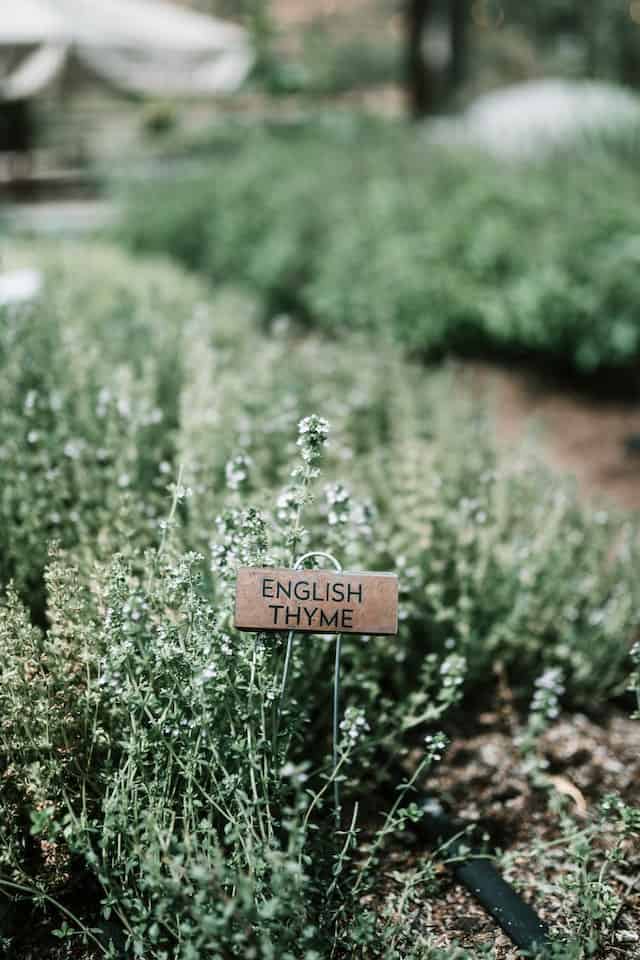
Another herb that thrives in mid-summer, thyme, can be sown in USDA Zones 4 through 9. Preferring temperatures of around 70°F to 80°F (21°C to 27°C), thyme is resilient and drought-tolerant once established.
Thyme may take up to 90 days to mature. Its aromatic leaves are perfect for flavoring a variety of dishes and serve good cultural themes when planted alongside vegetables for companion planting.
Parsley
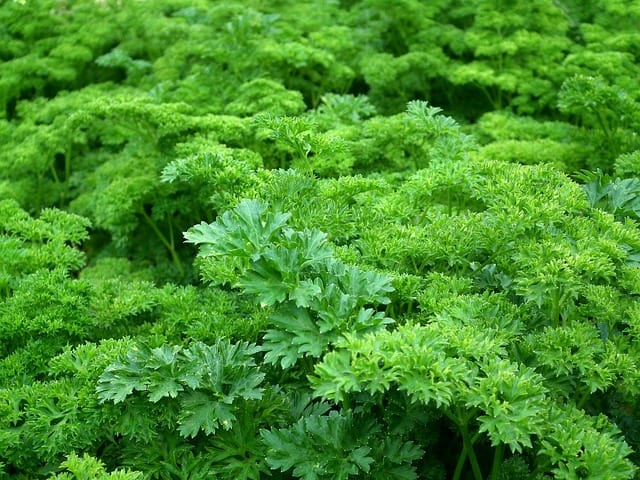
Mid-July is a great time for parsley, especially in cooler areas like USDA Zones 6 through 10. This slow-growing herb prefers temperatures around 60°F to 70°F (15.5°C to 21°C) and can take anywhere from 70 to 90 days to mature.
Despite its long growing cycle, parsley can thrive well into fall and winter, providing fresh herbs for cooking even when other crops have ceased. It also possesses various health benefits, making it a worthwhile addition to gardens.
Fennel
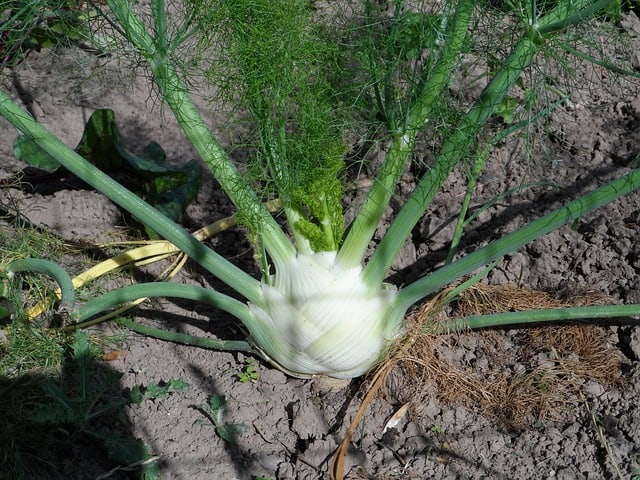
Fennel is versatile, and planting mid-July can yield a fragrant herb for USDA Zones 6 through 10. A Mediterranean native, fennel prefers warmer temperatures between 65°F and 80°F (18°C to 27°C).
With a growing period of around 90 to 100 days, fennel’s unique flavor enhances scores of dishes, making it a valuable crop for culinary enthusiasts. The bulb can be harvested when it’s large, while the leaves can be a delicious garnish.
Mint
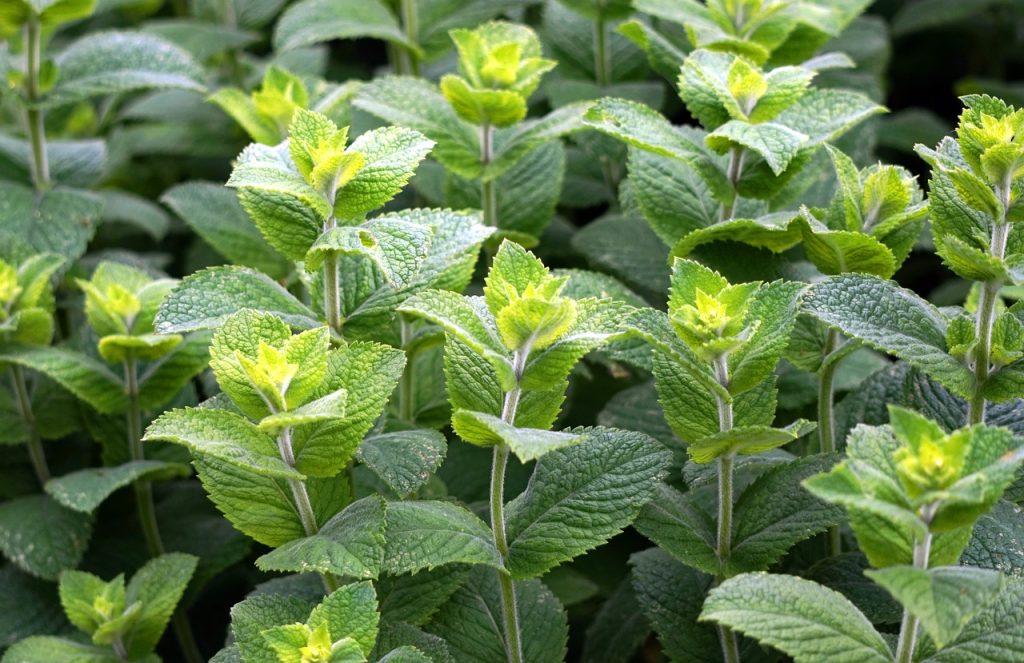
Mint is an incredibly hardy herb that thrives in USDA Zones 3 through 10 and can be easily grown from cuttings or seeds. This vigorous grower flourishes in warm weather, demanding temperatures of 70°F to 90°F (21°C to 32°C).
Mint typically takes 70 to 90 days to establish, but be cautious as its spreading nature can overtake your garden. It can be utilized in countless beverages and dishes, making it a staple herb for gardens.
Landscape Plants To Plant
Daylilies
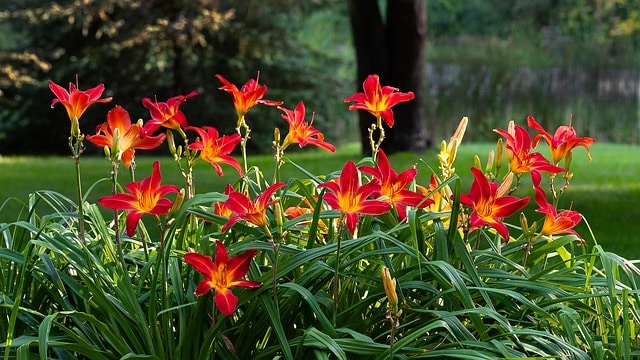
Mid-July is a rewarding time for planting daylilies in USDA Zones 3 through 9. They are exceptionally resilient and thrive in a wide array of temperatures, although they prefer warm climates (60°F to 85°F/15.5°C to 29°C).
These perennials bloom beautifully, showcasing a wide variety of colors and types, maturing within 30 to 60 days. Daylilies adapt well to different soil types, making them a versatile choice in landscape design.
Hydrangeas

In warmer areas like USDA Zones 4 through 9, mid-July is excellent for planting hydrangeas. They prefer a temperature range of 65°F to 75°F (18°C to 24°C) and appreciate well-drained, fertile soil.
These striking shrubs can take a bit longer to establish, blooming anywhere from 70 to 100 days after planting. Beyond their beauty, hydrangeas can thrive beautifully with minimal maintenance, and they respond well to pruning.
Coneflowers (Echinacea)
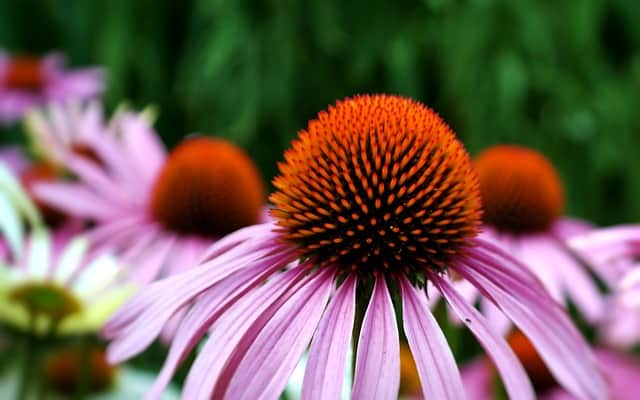
Coneflowers can be planted in mid-July in USDA Zones 3 through 9, offering great resilience and adaptability. These perennial flowers thrive best in full sun and prefer temperatures between 60°F and 85°F (15.5°C to 29°C).
Blooming typically occurs within about 70 to 90 days, producing a wonderful, daisy-like flower that attracts pollinators, enhancing the garden’s ecosystem. Their drought tolerance once established makes them a fantastic choice for low-maintenance landscapes.
Ornamental Grasses
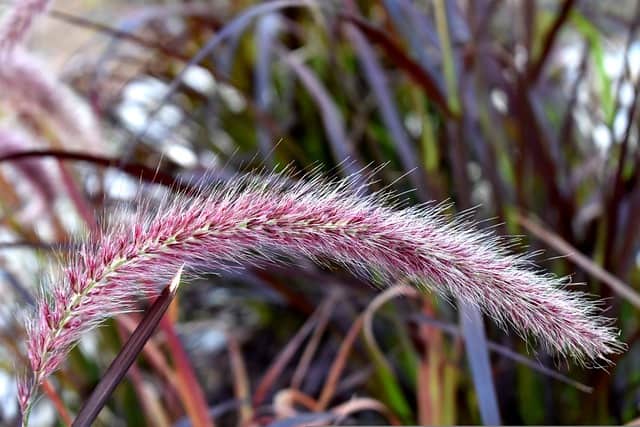
Mid-July is also suitable for planting various ornamental grasses, such as fountain grass or blue fescue, in USDA Zones 4 through 9. Ornamental grasses flourish in well-drained soils with full sun or partial shade, thriving at about 70°F to 80°F (21°C to 27°C).
These plants generally establish quickly, displaying their beautiful foliage as the season progresses. Their visual appeal is complemented by offering structure and texture alongside perennial borders.
Sedum

Succulent sedums can thrive if planted in mid-July across USDA Zones 3 through 9. They favor warm, dry weather and prefer temperatures around 70°F to 90°F (21°C to 32°C).
With their ability to survive droughts, sedums are an ideal choice for low-maintenance landscapes while offering a wealth of colorful blooms. Blooming typically occurs within 50 to 70 days post-planting with minimal care.
Foxglove
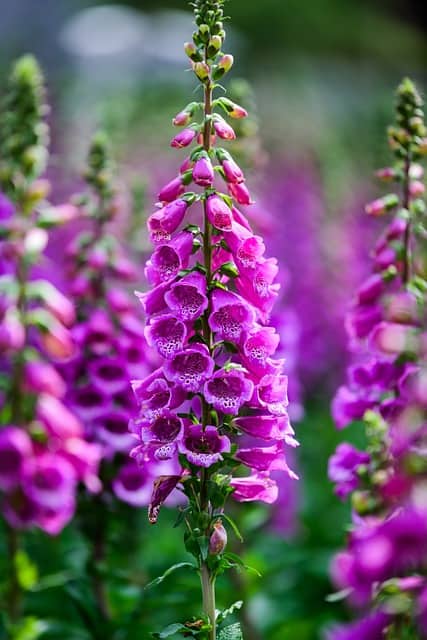
Mid-summer is ideal for planting foxglove in USDA Zones 4 through 9. These stunning plants thrive in partially shady spots, preferring cooler temperatures of around 55°F to 75°F (13°C to 24°C).
Expect blooming anywhere from 70 to 90 days after planting; their tall spikes do well in borders or as accents within cottage gardens. Foxgloves are biennial, meaning they will need some time to flower in subsequent years.
Japanese Maples
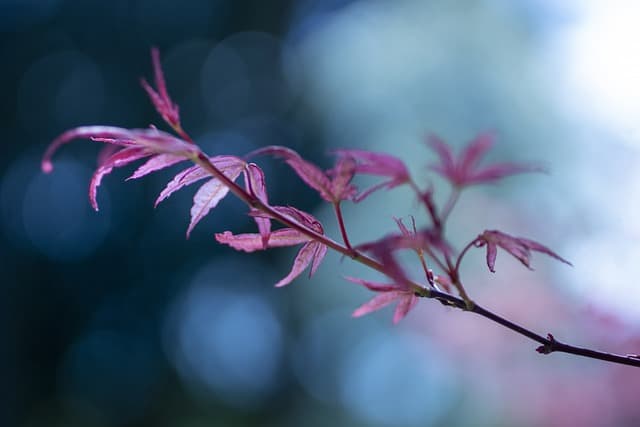
For larger landscape projects, consider planting Japanese maples in USDA Zones 5 through 8. These trees love spaces with rich, well-drained soil and benefit from temperatures around 60°F to 80°F (15.5°C to 27°C).
While slow-growing, establishing a Japanese maple means enjoying the brilliant colors and unique shape for years to come. Proper mulching and watering during dry spells will promote healthy growth as they establish.
Butterfly Bush (Buddleia)

Mid-July is a suitable time for planting butterfly bushes in USDA Zones 5 through 9, which thrive in warmer conditions. Preferring temperatures around 70°F to 85°F (21°C to 29°C), these hardy plants benefit from full sun.
They typically bloom within 60 to 90 days, attracting butterflies and other pollinators. With their long spikes of fragrant flowers, butterfly bushes can add a touch of elegance while contributing to local ecosystems.
Raspberries

Planting raspberry bushes in mid-July is perfect for USDA Zones 4 through 8, as these perennial fruits favor cooler temperatures of 60°F to 75°F (15.5°C to 24°C). They can take 70 to 90 days to begin fruiting.
Providing them with adequate space for their sprawling canes is vital, as they need room to breathe. With diligent care, harvesting them will provide sweet rewards—perfect for freshly made jams and desserts.
Climbing Roses
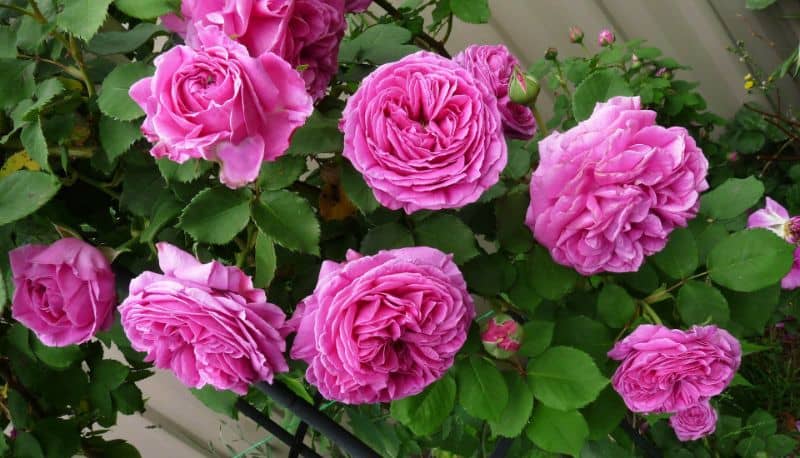
Finally, mid-July is opportune for planting climbing roses in USDA Zones 5 through 9. Preferring full sun and well-drained soil with ample moisture, climbing roses can best thrive in temperatures around 60°F to 85°F (15.5°C to 29°C).
These beautiful perennials take longer to establish, typically blooming after a year, but with patience, they produce blossoms that will enliven trellises, fences, and walls, giving your garden a romantic feel.





